Nutrient availability from global fisheries has declined since 1990 and is projected to decline further due to climate change, with mariculture only partly compensating for losses
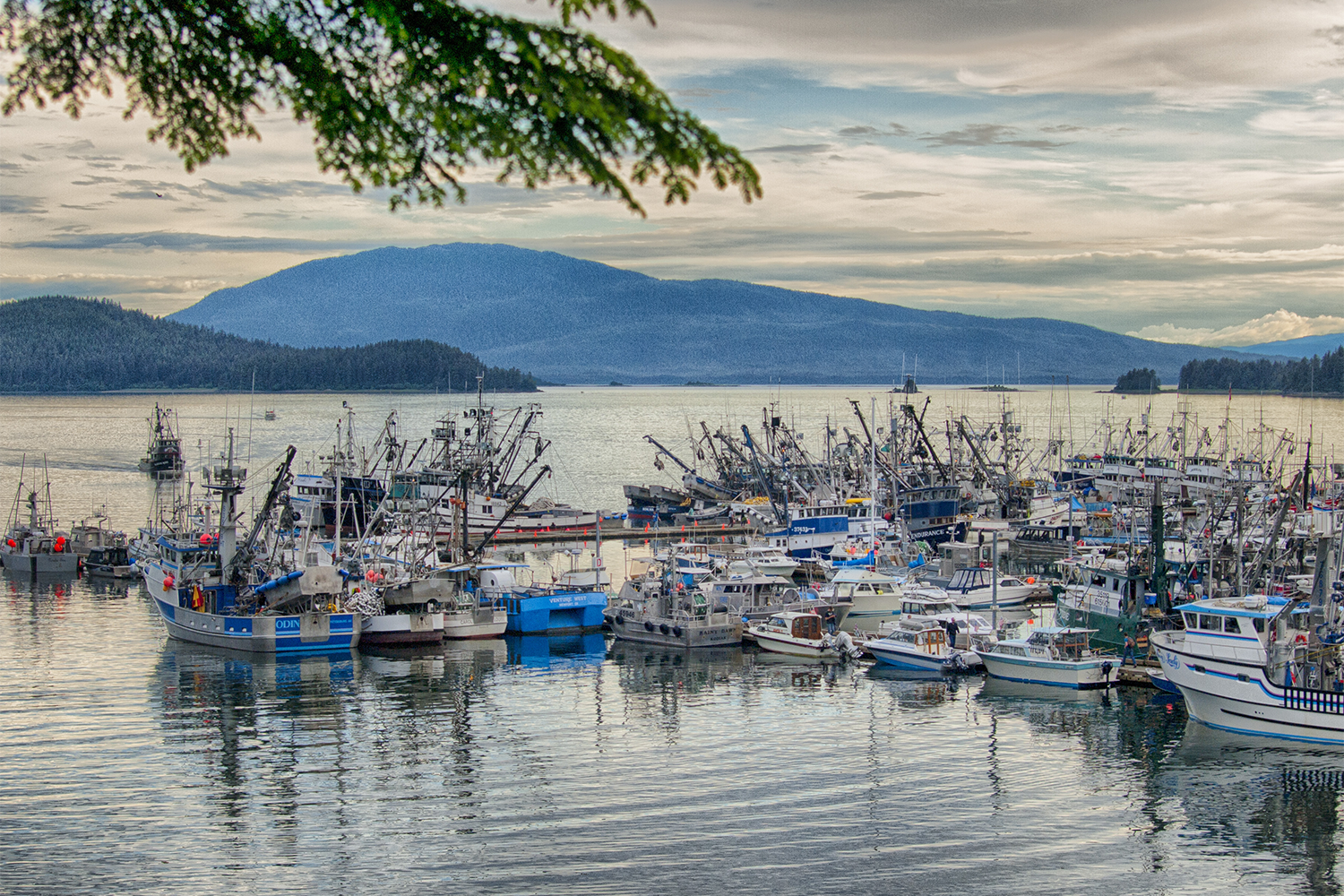
In many low-income countries, marine fishes and invertebrates form an irreplaceable and affordable source of dietary micronutrients (for example, iron and zinc), vital to physical and mental development. Consumption of fish is also promoted globally for health benefits such as protection against the risks of coronary heart disease and type II diabetes. However, marine fisheries production peaked in the 1990s, with about one-third of the world’s fish stocks classified as over-exploited and most of the remaining stocks as fully exploited. During the same period, production from aquaculture of marine species, or mariculture, has expanded rapidly to meet continued growth in demand for seafood.
Climate change has further affected exploited marine species through changes in species distributions and productivity, in turn altering catch composition. These climate impacts are projected to continue through the twenty-first century, closely tracking emitted greenhouse gas levels. Mariculture will also be affected by climate change through changes in environmental conditions, risks of diseases, harmful algal blooms and feed supplies from wild fish stocks, raising concerns over the potential for mariculture to meet seafood demand.
Nutrient content varies considerably among marine species such that nutrient yields from fisheries catches are determined by catch composition and stock productivity. However, it is unclear how changes in historic fisheries catch and mariculture production have altered the availability of important nutrients for human consumption and how future seafood nutrient availability will be impacted by climate-driven shifts in fisheries and mariculture production. Such information is critical for mitigating and adapting for climate risks to food security and, more broadly, developing priorities for investment to sustainably secure human health benefits from the ocean.
This article – summarized from the original publication (Cheung, W.W.L. et al. 2023. Climate change exacerbates nutrient disparities from seafood. Nature Climate Change Volume 13, November 2023, 1242–1249 – reports on a study to quantify past and future nutrient availability from seafood produced by global fisheries and mariculture. It focuses on four nutrients that are plentiful in seafood and important to human health as an indicator of broader nutrient trends: calcium, iron, omega-3 fatty acids and protein.
Study setup
This study combines global databases of fisheries catches and mariculture production with taxa-specific estimates of nutrient content in marine fishes and invertebrates to examine historical trends in seafood nutrient production inequalities. Using these datasets, we integrated projections from the latest generations of climate, fisheries and mariculture production models to examine the impacts of climate change and associated mitigation scenarios on global and regional seafood nutrient availability. inequalities
For detailed information on climate scenarios and earth system models used; historical fisheries and mariculture data; nutrient content of fishes and invertebrates; and projections for fisheries catch and mariculture potential used in this study, refer to the original publication.
Results and discussion
Our results highlight that global nutrient availability for direct human consumption from capture fisheries has been stagnant during the past few decades. The increasing utilization of fisheries production by reducing the reliance on fishmeal and oil for aquaculture and livestock production, such as through the increasing uses of non-seafood-sourced feed formula, could increase nutrient availability from seafood for human consumption that could compensate, to some extent, the impacts of climate change on fisheries and aquaculture production.
Regionally, low-income countries, which often depend more on fish as an important source of nutrients, will face much bigger challenges to food security if the world fails to achieve the international agreement to keep global warming well below 2 degrees-C of pre-industrial levels. For lower-income countries, this level of climate change corresponds to a projected ~30 percent decline in calcium, iron, omega-3 and protein availability from fisheries and mariculture by 2100 (Fig. 1).
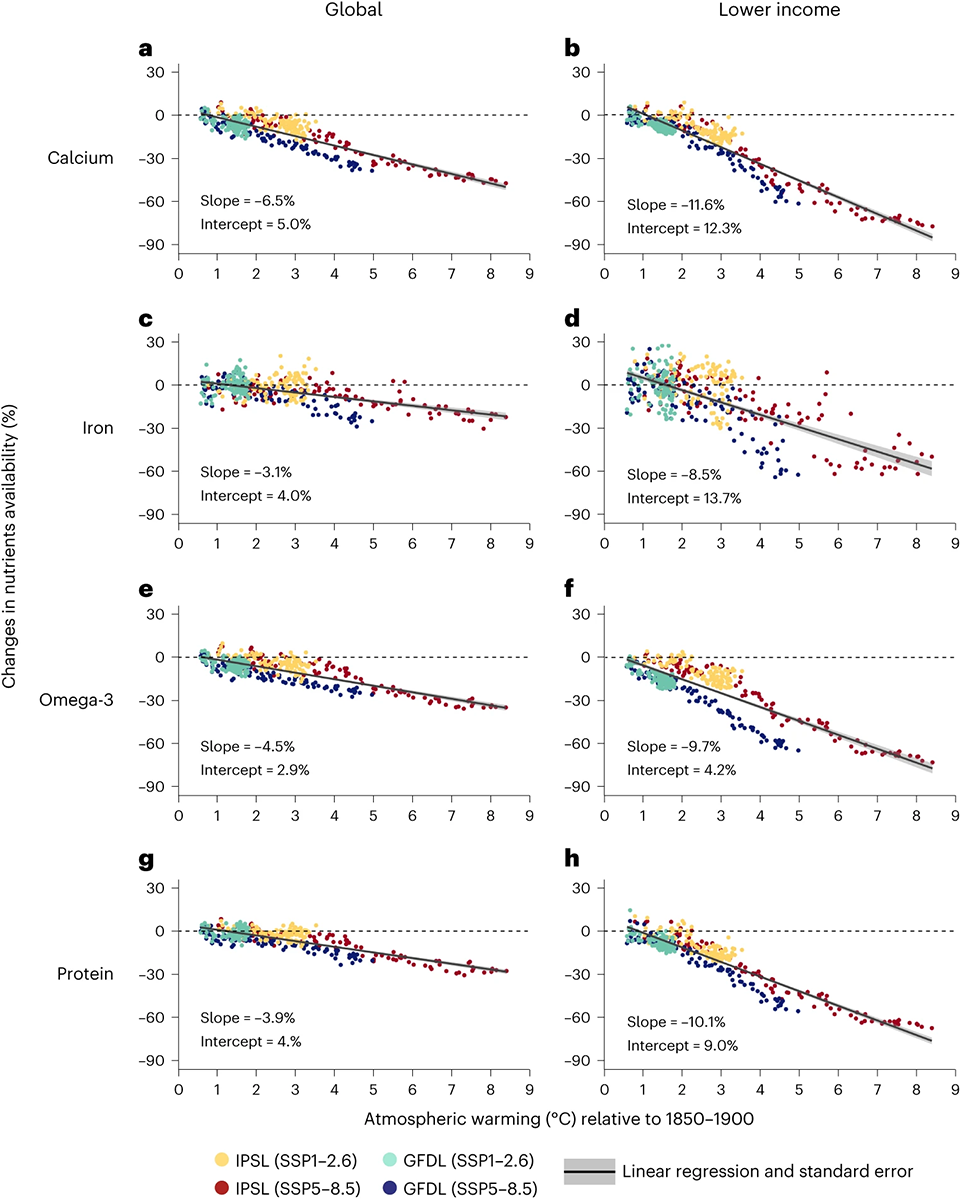
Even if the climate is stabilized closer to the 1.5–2.0 degrees-C global warming targets specified in the Paris Agreement, risks remain (~10 percent decrease in nutrient availability) for lower-income countries. These countries would also need to adapt to the projected impacts from any transient ‘overshoot’ of warming before global climate mitigation targets can be met. In addition, higher-income countries projected to experience impacts to seafood production may adapt by increasing nutrient availability through importing seafood produced elsewhere. Such trade disparities may increase international competition for a limited seafood supply, further challenging lower-income countries to fill widening gaps in nutrient availability under climate change.
This demonstrates the importance of coordinating actions and global responsibility towards climate mitigation and food security. Given that many coastal developing countries rely on the ocean for achieving sustainable development goals, the added challenges from climate change will increase the uncertainties of achieving these important societal targets.
Projected disparities in nutrient availability could be reduced by developing nutrient-sensitive management approaches that account for climate-driven impacts to capture fisheries and mariculture. Particularly for countries where seafood nutrient availability is at risk under climate change, marine fisheries and mariculture should incorporate goals and strategies that can help fill the increasing gaps in nutrient production. Adapting fisheries management to account for species range shifts and productivity is expected to increase fishing yields and profits, and, similarly, implementation of nutrient-based fisheries governance and management approaches would limit projected impacts to nutrient availability.
Managing and developing fisheries and aquaculture for nutrients also provides a basis for integrating nutrient information into climate-resilient ocean planning, such as designing fishing zones that maintain long-term nutrient yields given projected shifts in species distributions. Moreover, enabling countries with nutrient-deficient populations to prioritize sustainable fishing and aquaculture (including freshwater) of the most nutritious and less climate-sensitive species could help reduce current global disparities in nutrient availability.
Protein digestive capacity correlated with nutrient presence, availability in shrimp feeds
Future aquaculture growth that attends to the diversity of species produced, nutrient access of poor consumers and environmental sustainability can contribute to increasing nutrient security, particularly for low- and middle-income countries. Tropical freshwater fish, which are not included in our analysis, are an important source of nutrients in many parts of South America, Africa and Asia. However, the potential of these nutrient sources relies on the sustainable and climate-resilient development of aquatic food systems.
The results of this study present a challenging and uncertain future regarding the equitable availability of seafood-sourced nutrients in the world under climate change. In addition to uncertainties around pathways of climate mitigation, seafood nutritional content varies within and between species and are affected by climate-mediated changes in primary productivity, fish metabolism and food webs that may vary between different ecosystems and regions. For example, temperature can affect the uptake of micronutrients such as iron and calcium and the synthesis of omega-3 fatty acids by aquatic animals. Overall, the limited availability of seafood nutritional content data and studies by species, regions and production systems are a challenge for more accurate estimation of seafood nutrient availability from fisheries and mariculture.
In addition, the availability of nutrients from seafood production for human consumption is determined by many non-climatic factors, such as seafood processing, dietary choices, culture, food prices, trade and seafood sourcing. For example, analysis of global catch, trade and nutrient composition data suggests that foreign fishing and international trade divert nutrients caught in marine fisheries from nutrient-insecure towards nutrient-secure nations.
Edible portions further determine the availability of nutrients from seafood but vary widely across species, regions and consumers’ habits. The limited number of estimates on edible portions of seafood exacerbates the uncertainties in understanding the contribution of seafood to human nutrition under climate change. Future studies considering scenarios of these other non-climatic human drivers on seafood nutrient availability would help elucidate the relative contributions of these scenario uncertainties to the future of seafood nutrient availability. Further work is needed to better understand the effects of the changing environment on the nutritional content of exploited marine species and to develop and explore scenarios of social and economic changes on global and regional seafood nutrient security.
Though the large-scale patterns of projected changes in catch and mariculture production potential from our models agree with previous estimates, the magnitude of climate impacts vary between models, particularly in the Arctic Ocean. Moreover, ocean conditions projected by earth system models do not fully represent coastal oceanographic processes that are important to some fisheries and mariculture production, such as those in eastern boundary upwelling systems. Notwithstanding the uncertainties of climate-fisheries projections, the key findings of this study, including at-risk regions, the global disparity in nutrient availability under climate change and the implications for nutrient-sensitivity fisheries and mariculture, are generally robust to the uncertainties of the nutrient content and assumption of the edible proportion of the exploited species (Figure 2). Our results provide a foundation for higher-resolution regional analyses to build upon.
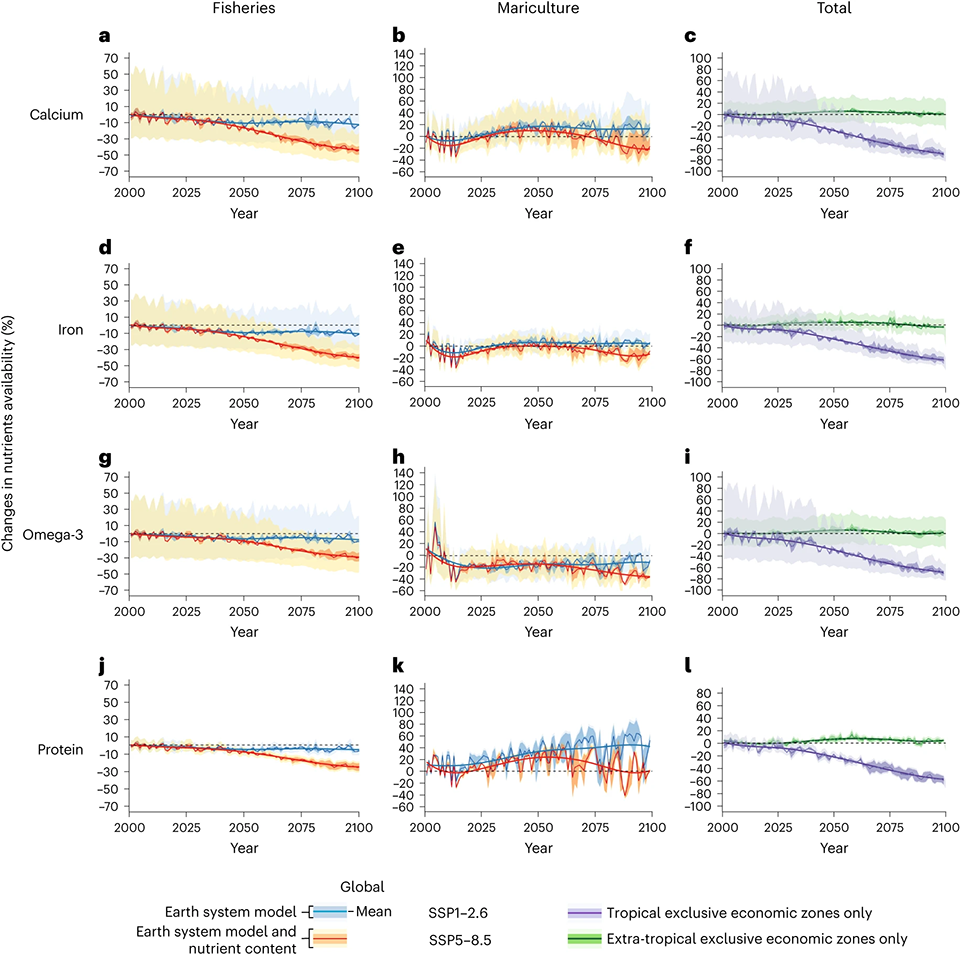
Perspectives
There is a growing emphasis on the critical role seafood can and must play in tackling food security and transitioning to sustainable diets. In this review, we have demonstrated that nutrient availability from global fisheries has been declining since 1990 and is projected to decline further under climate change. Increases in mariculture will only partly compensate for these losses. The greatest losses of nutrients from seafood lie in tropical and low-income countries where current and future nutritional needs are greatest, resulting in global disparities in nutrient availability under climate change.
Moreover, climate change can impair not only nutrient availability from global fisheries but is also expected to impact agriculture production and reduce iron, zinc and protein concentrations of crops. Thus, limiting warming to under 2 degrees-C is critically important to reduce nutrient losses from the agriculture and seafood sectors, especially in tropical and low-income countries that are most likely to be severely impacted.
Our results highlight the need for nutrition- and climate-sensitive fisheries management, with food-based trade policies developed to prevent the changes we predict in nutrients from seafood translating to substantial malnutrition and declines in public health.
Now that you've reached the end of the article ...
… please consider supporting GSA’s mission to advance responsible seafood practices through education, advocacy and third-party assurances. The Advocate aims to document the evolution of responsible seafood practices and share the expansive knowledge of our vast network of contributors.
By becoming a Global Seafood Alliance member, you’re ensuring that all of the pre-competitive work we do through member benefits, resources and events can continue. Individual membership costs just $50 a year.
Not a GSA member? Join us.
Author
-
Christina Hicks, Ph.D.
Corresponding author
Lancaster Environment Centre, Lancaster University, Lancaster, UK[107,117,46,99,97,46,114,101,116,115,97,99,110,97,108,64,115,107,99,105,104,46,97,110,105,116,115,105,114,104,67]
Tagged With
Related Posts
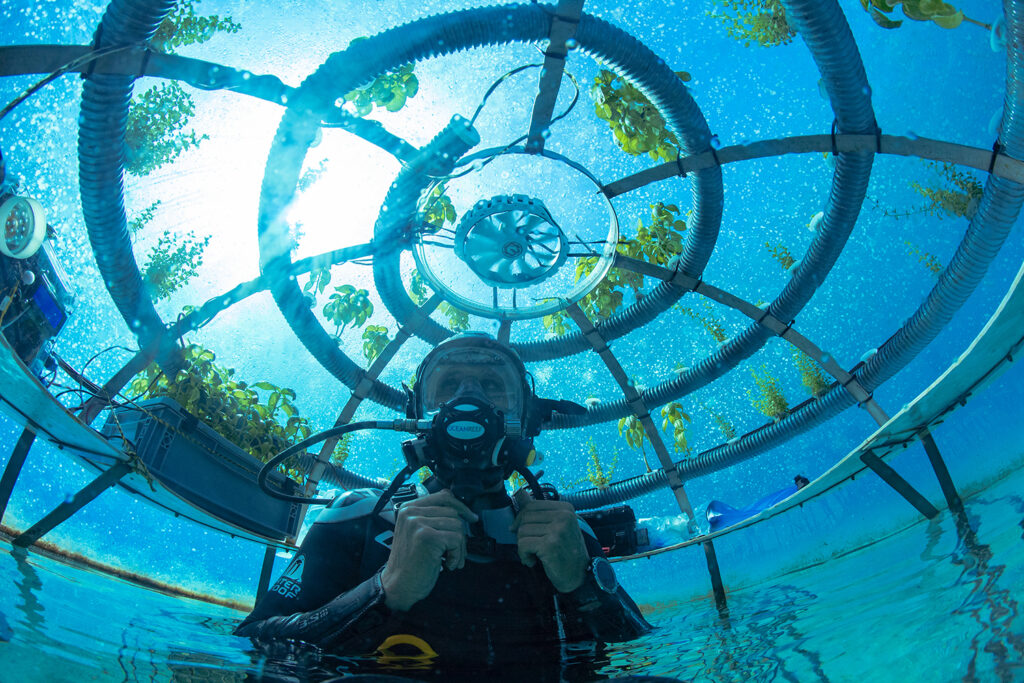
Innovation & Investment
20,000 lettuces under the sea: Could underwater agriculture be the future of farming?
Preliminary research suggests that emerging mariculture methods could provide alternatives to land-based agriculture and within recirculating systems.
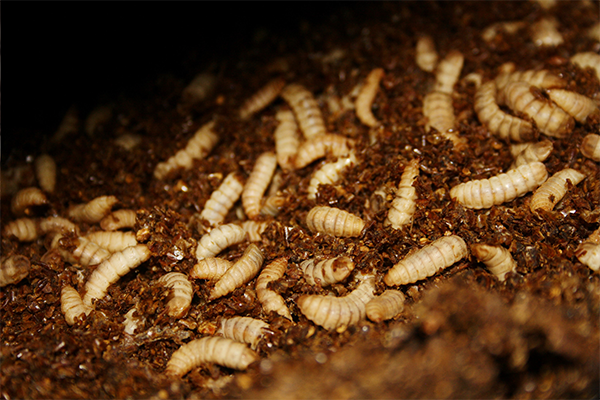
Aquafeeds
Black soldier fly larvae meal producers get innovative, collaborative
After years of R&D, black soldier fly larvae meal is now seen as a feed ingredient that is en route to widespread industry adoption.

Fisheries
‘Regulation is pushing toward greenifying materials’: How one innovator is upcycling seafood waste into biodegradable packaging foam
GOAL 22: Cruz Foam’s biodegradable packaging foam made with shrimp shells is a finalist for GSA’s inaugural Global Fisheries Innovation Award.
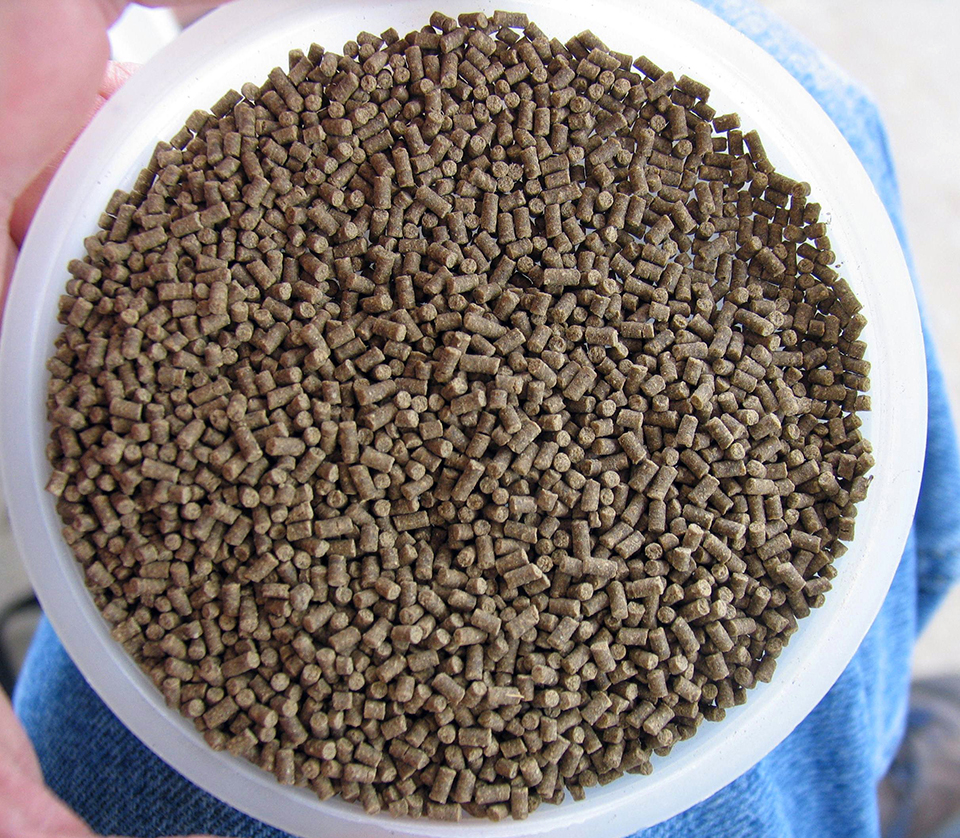
Health & Welfare
A case for better shrimp nutrition
Shrimp farm performance can often be below realistic production standards. Use proven nutrition, feeds and feeding techniques to improve profitability.



